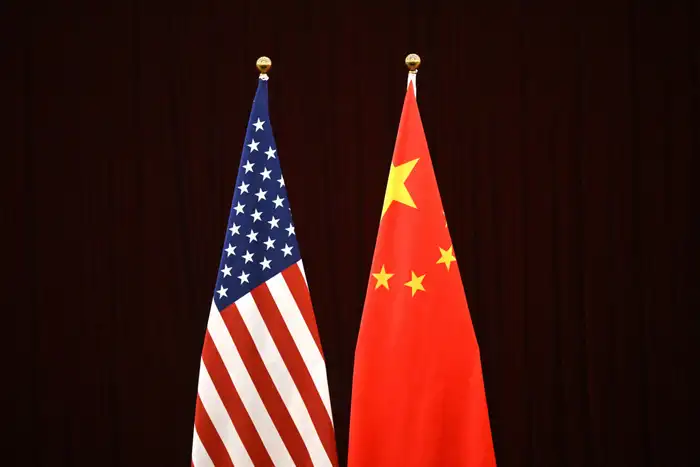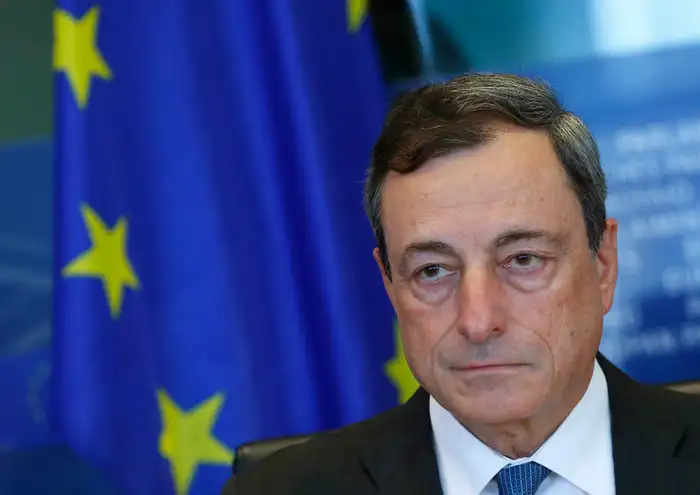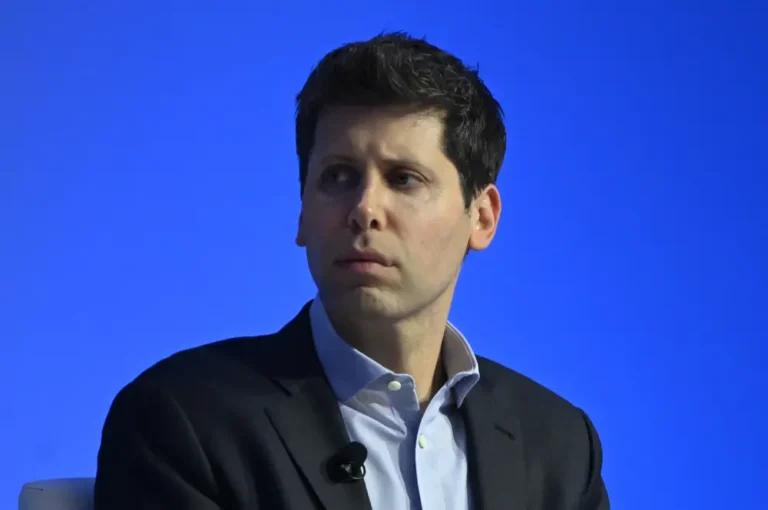Europe has admitted it’s fallen behind US innovation. Now it’s plotting a comeback.

Top EU leader Mario Draghi thinks it’s time Europe closes the innovation gap with the US and China.
It’s no secret that Europe, home to four of the world’s 10 largest economies, is worse than China and the US at growing large-scale tech businesses. Now, European Union leader Mario Draghi is saying something has to be urgently done about it.
In a sweeping new report published on Monday, Draghi — an EU grandee who formerly served as Italy’s prime minister and president of the European Central Bank — issued a rallying cry to Europe as it hurtles into an “existential challenge” over its future.
In the highly anticipated report, Draghi, who saw Europe through its sovereign debt crisis in the aftermath of 2008’s financial crash, put a sharp focus on Europe’s “slowing growth since the start of this century” and the gap it has created with the US and China.
His report touches on several areas needing greater investment and attention. One area, though, emerged as a higher priority than the rest: innovation.
“First — and most importantly — Europe must profoundly refocus its collective efforts on closing the innovation gap with the US and China, especially in advanced technologies,” Draghi said.
How Europe fell behind

The US and China have outpaced the EU on innovation.
There’s good reason Draghi has emphasized innovation in Europe’s bid to become more competitive.
While the US and China have created several tech giants worth hundreds of billions of dollars — in the US, six tech companies now exceed $1 trillion in market capitalization — Europe has failed to profit from the internet revolution at the same scale.
The EU leader gave a few key reasons for this. For one, Europe is “stuck in a static industrial structure,” which has meant few new companies have risen up with the move-fast-and-break-things energy of Silicon Valley firms disrupting incumbents.
Europe’s largest company, Novo Nordisk, is a 100-year-old Danish pharmaceutical business worth $585 billion. One of its biggest tech companies, Dutch semiconductor firm ASML, was founded 40 years ago.
The lack of disruptor energy — or, as the report puts it, “Europe’s failure to capitalize on the first digital revolution” in the mid-1990s — has also been a key factor for why “EU productivity diverged from the US” in that period.
There’s also been the simple fact that Europe failed to pounce on opportunities to build frontier technologies such as cloud and quantum computing as they were in their nascent phases.
The report notes that just three US cloud “hyperscalers” account for over 65% of the European cloud market, while Europe’s largest operator accounts for just 2%. It also states that the US and China dominate a list of the top 10 companies attracting quantum computing investment.
For these reasons, the report found, Europe seems to have resigned itself to the fact that it has ceded significant ground to the US and China in some key areas of innovation. For instance, the report sees Europe irreparably falling behind in cloud computing because of “continuous massive investments, economies of scale and multiple services offered by a single provider.”
Europe’s strategy to close the innovation gap

Mario Draghi thinks the EU should focus its attentions on AI.
Despite its weaker position relative to the US and China, Draghi thinks the EU can devise a plan to close the innovation gap.
First, it must bet big on AI. “AI — and particularly generative AI — is an evolving technology in which EU companies still have an opportunity to carve out a leading position in selected segments,” the report said.
The strategy to take a global lead in AI will rely on a few different elements.
The report highlights several important initiatives, one of which is lowering “the cost of AI deployment,” which has been high due to the expense of vital hardware such as GPUs. The report notes that this can be achieved if the EU boosts access to the computing power needed to power generative AI tools.
The bloc has already taken some initiative to get ahead with the European High-Performance Computing Joint Undertaking — or EuroHPC JU — first established in 2018 to bring serious computing power to the continent. The report said that to date, the EuroHPC JU has been used primarily for scientific research, but it was increasingly being opened up to AI startups, small and medium-sized businesses, and the “broader AI community.”
Draghi’s report also notes AI has become “a source of anxiety” for workers who are worried about the technology’s potential to displace their roles, which means training will become increasingly important.
Beyond AI, Draghi points to other measures to close the innovation gap, such as reforms to policies that he thinks hinder innovation, as well as addressing big funding issues. In Europe, there is a “huge gap in later-stage financing” compared to the US, the report said, making it more difficult for companies to scale up.
Big US venture capital funds and crossover firms, such as Tiger Global, increased their investment activity across the tech sector in Europe throughout the pandemic. However, the rise in interest rates since then has made betting on young companies a riskier endeavor in the eyes of investors. That has to change.
The report has already garnered support from Elon Musk. Writing on X, the platform he owns, Musk said, “Mario Draghi’s critique is accurate.”
The Tesla chief added: “A thorough review of EU regulations to eliminate unnecessary rules and streamline activity in Europe would revitalize growth and strengthen competitiveness. Things should be default legal, rather than default illegal.”
How successful the EU will be in pulling off these changes in its mission to close the innovation gap is highly uncertain. But it’s clear the bloc is ready to do whatever it takes to get on par with the superpowers it sits between.






